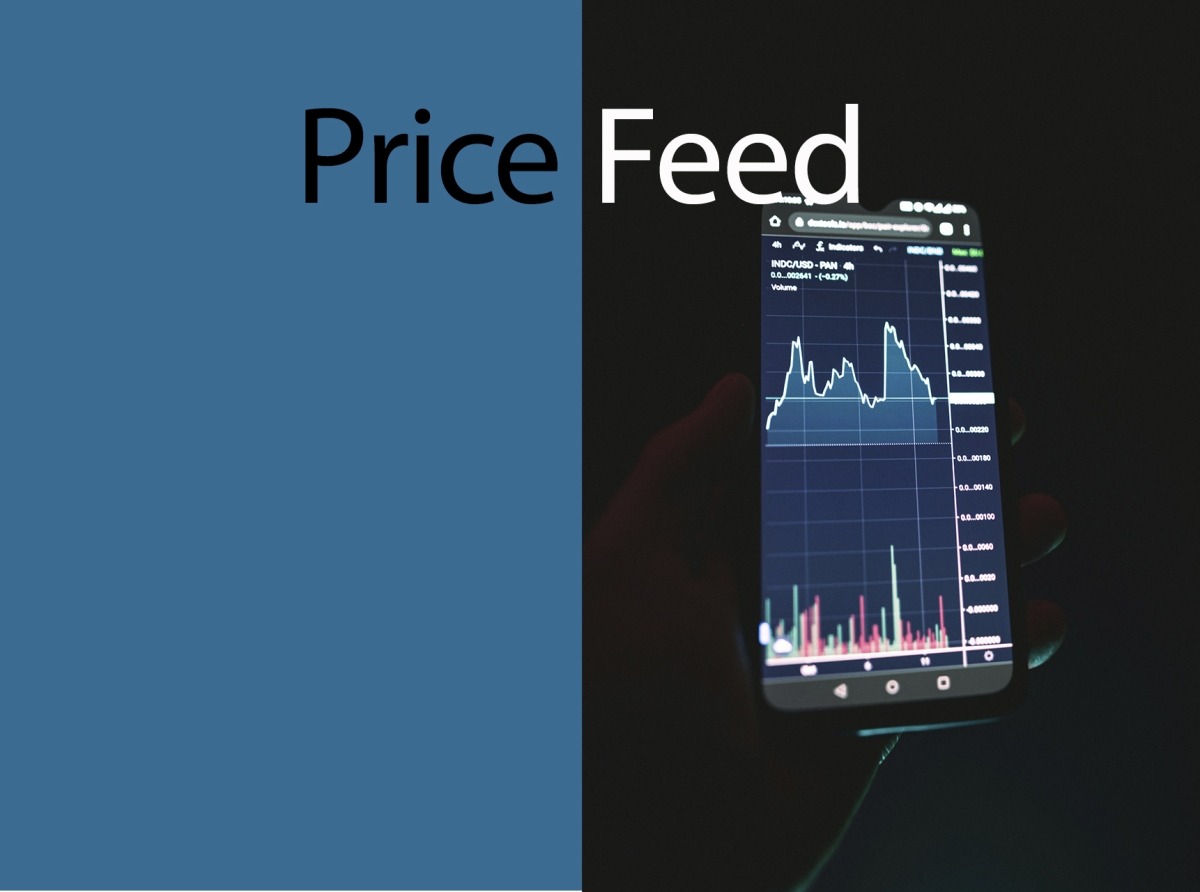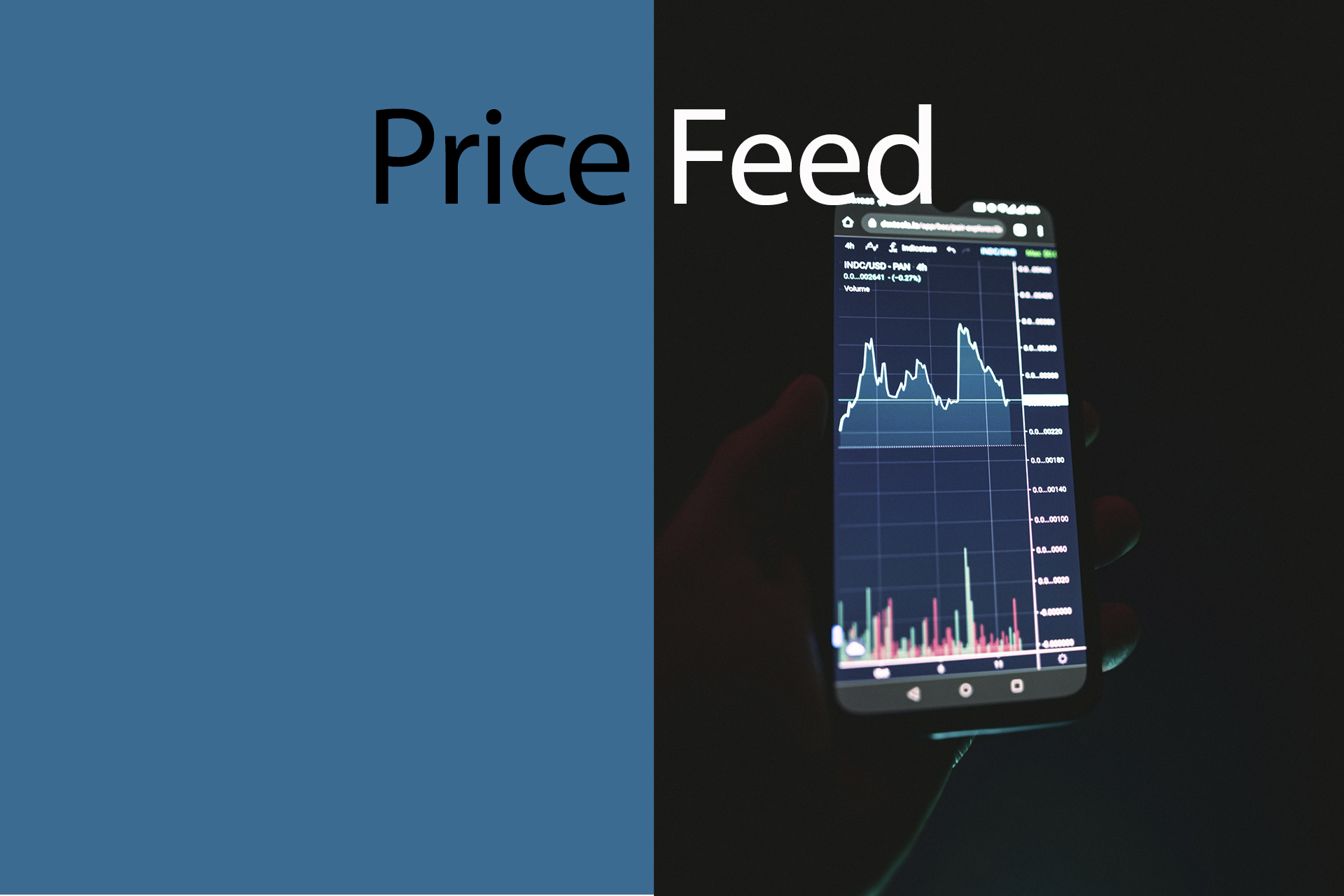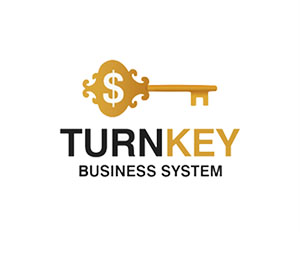Price Feed – The Digital Heart of a Forex Broker

Price Feed – The Digital Heart of a Forex Broker
A Price Feed is a continuous, real-time data stream that transmits current quotes ( bid prices and ask prices) for financial instruments, such as currency pairs, metals, indices, and commodities, to a broker's trading platform. Simply put, it's a constantly updated "table" showing the current price of a given asset.
What does Price Feed include?
A typical price stream contains the following information, updated several times per second:Instrument: For example, EUR/USD.
Bid Price: The maximum price at which the broker is willing to buy the base currency.
Ask Price: The minimum price at which the broker is willing to sell the base currency.
Time: The exact moment when the quote was generated.

Price Feed – The Digital Heart of a Forex Broker
Why is Price Feed the "Heart" of a Broker?
Price Feed is the absolute foundation of a Forex broker's operations for several key reasons:1. Basis for execution of transactions
Without a price feed, no trade can be executed. A client sees a quote on their platform (e.g., MetaTrader), and it's based on that quote that they decide to buy or sell. When a trader clicks "Buy" or "Sell," the broker must instantly match this request with the current price from their Price Feed. Any delay or inaccuracy makes trading pointless and risky.
2. Definition of spread and liquidity
The difference between the Ask and Bid prices forms the spread —the broker's primary source of income (for STP/ECN models) or a direct reflection of market liquidity. The quality of the Price Feed directly affects the width of the spread . The higher the quality, aggregated, and faster the feed, the tighter and more competitive the broker can offer.
3. Honesty and transparency
A reliable Price Feed, which is formed by aggregating (collecting and averaging) quotes from multiple major liquidity providers (prime banks and financial institutions), ensures that the prices seen by clients accurately reflect the actual market situation. This is a key factor in building trust and transparency in the relationship between broker and trader.
4. Security and stability
A high-quality price feed must be resilient to failures and lightning-fast . Disruptions in the price feed during periods of high volatility can lead to slippage (execution deviating from the requested price) or even a complete halt in trading. A stable feed guarantees the smooth operation of the trading platform.
How do Brokers Get Quotes?
Forex brokers don't generate prices themselves (unless it's a B-Book, where they act as a counterparty). They purchase or rent data from Liquidity Providers (LPs) .Aggregation: The broker uses specialized software— Liquidity Aggregator —which collects price feeds from multiple LPs.
Best Bid and Offer (BBO): The aggregator selects the best Bid price (the highest price at which LPs are willing to buy) and the best Ask price (the lowest price at which LPs are willing to sell) from all available sources.
Price Feed Formation: It is this "best" combined feed (with a small broker markup added if it is ECN/STP) that is sent to the client's platform.
Price Feed isn't just data; it's the pulse of the market that powers all Forex broker operations. Its speed, reliability, and accuracy determine the broker's competitiveness and the success of its clients.
Written by Ethan Blake
Independent researcher, fintech consultant, and market analyst.
October 24, 2025
Join us. Our Telegram: @forexturnkey
All to the point, no ads. A channel that doesn't tire you out, but pumps you up.
Independent researcher, fintech consultant, and market analyst.
October 24, 2025
Join us. Our Telegram: @forexturnkey
All to the point, no ads. A channel that doesn't tire you out, but pumps you up.









Report
My comments